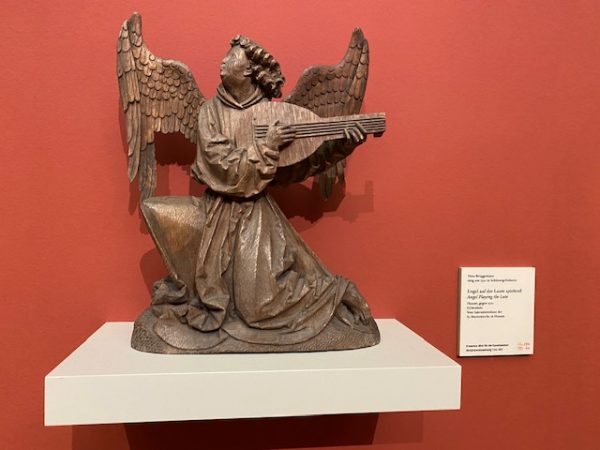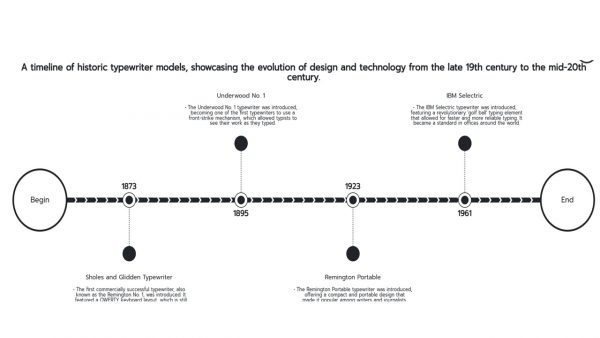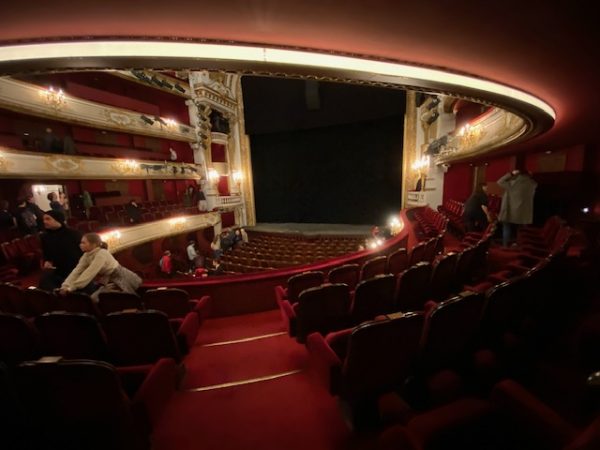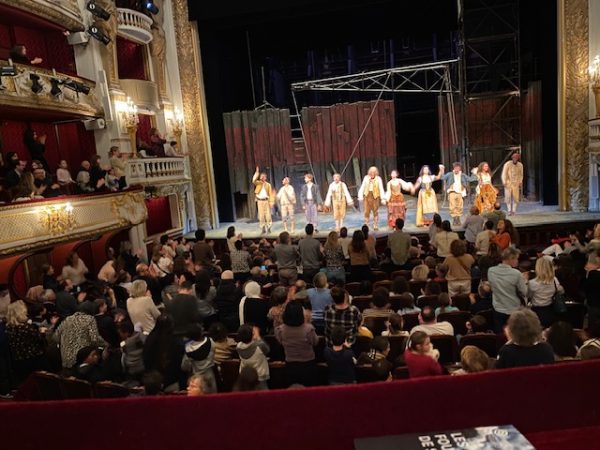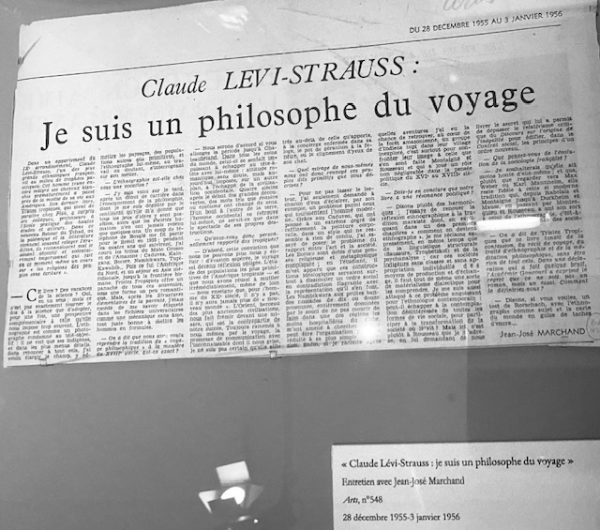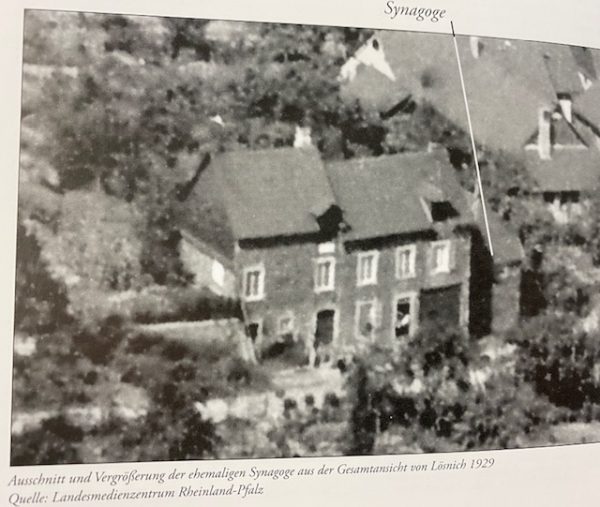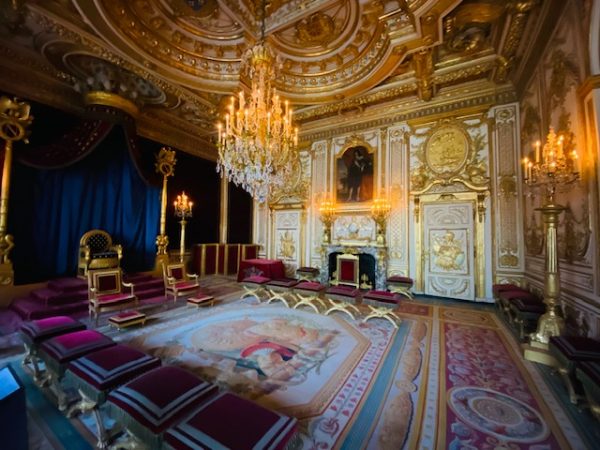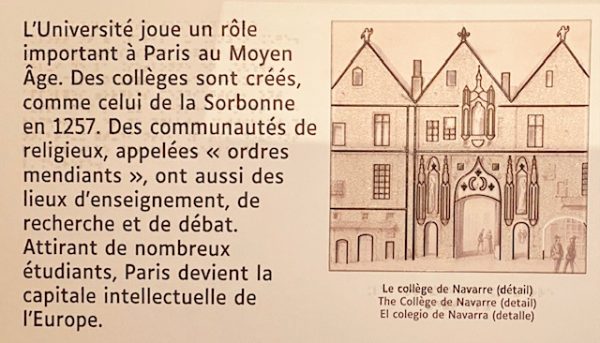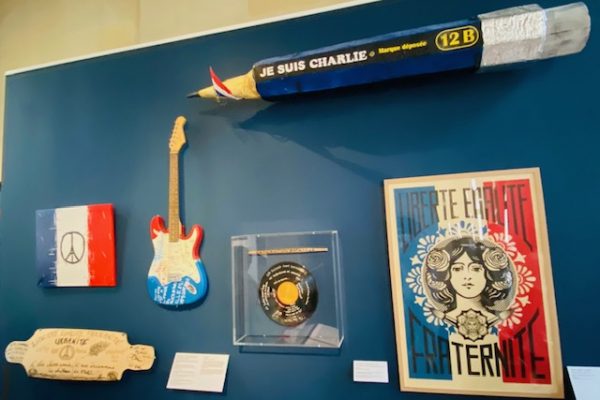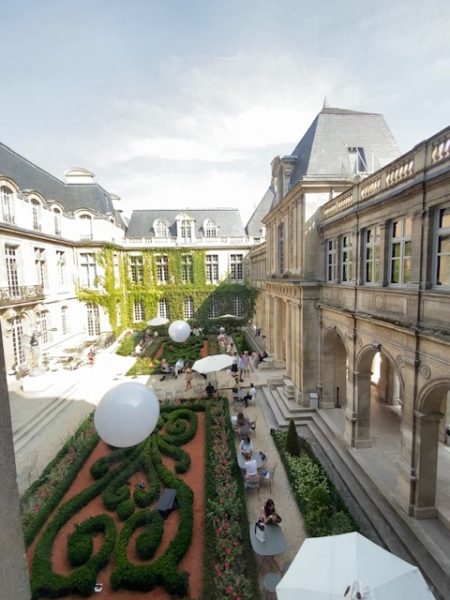The housing of famous persons has always attracted a lasting fascination. The “esprit des lieux” or the experience of the surroundings of an artist, composer, author or otherwise famous person, where most of the work had taken place is of general interest. In today’s language we would describe this as the context of creation. Biographical information and references to specific objects central to the process of creation play a crucial role in understanding what is behind human creation as it is district from AI. There are objects ( compare MAD Paris) and there are the social networks of creators. Modern biographies include both, some even in graphic forms similar to ancestry diagrams.
The design of intimate living spaces for private life or the adequate environment for creativity are becoming more clear with the consciousness of the importance of dedicated designs of furniture, accessories and even scent. Our brains are multimodal and working as well as processing lots of information even beyond our conscious realizations. This black box of creativity is rather unique to the human brain and AI will probably take decades to emulate such complex processing. The MAD exhibition reveals that intimacy is also related to housing design and interior design. It doesn’t seem to be a random process, but habituation is part of the continued creative process.

